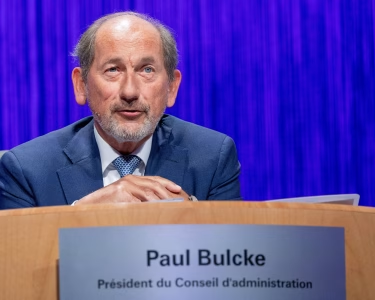Inflation Dips to 22.22%
CBN efforts yield results, but food prices remain stubborn
Summary
- Headline inflation drops for third consecutive month to 22.22%
- Central Bank’s tight monetary policy and CPI rebasing credited for the decline
- Food inflation and monthly price hikes pose ongoing concerns
Abuja, Nigeria — Nigeria’s headline inflation rate eased to 22.22% in June 2025, continuing a downward trend that began earlier in the year and marking the third consecutive month of decline.
The latest report from the National Bureau of Statistics (NBS) credits this improvement to the Central Bank of Nigeria’s (CBN) sustained monetary tightening and the recent rebasing of the Consumer Price Index (CPI).
The June figure represents a 0.75 percentage point drop from May’s 22.97%, and a significant 11.97 percentage point fall compared to the 34.19% recorded in June 2024. However, the month-on-month inflation rate rose slightly to 1.68% in June from 1.53% in May, suggesting that while the broader inflation outlook is improving, price pressures within the month remain.
Food inflation, a key driver of household expenses, remains problematic. Although the year-on-year food inflation figure declined to 21.97% in June from a staggering 40.87% in June 2024, month-on-month food prices rose by 3.25%, up from 2.19% in May. This was fuelled by price increases in staples such as rice, garri, ginger, and potatoes, underscoring the continued strain on household budgets.
Core inflation, which strips out volatile food and energy prices, also climbed on a monthly basis, rising from 1.10% in May to 2.46% in June, bringing the year-on-year figure to 22.76%. This signals persistent price pressures in housing, health, and other non-volatile sectors.
Across the country, inflation varied widely. Borno State posted the highest year-on-year food inflation at 47.40%, while Katsina had the lowest at 6.21%. Enugu, Kwara, and Rivers saw the sharpest month-on-month food price increases, contrasting with significant declines in Borno, Sokoto, and Bayelsa.
Analysts attribute the easing headline inflation rate to the CPI rebasing undertaken in early 2025, which updated the consumption basket and reduced the weight of food in the index. Additionally, the 875 basis point hike in the policy rate throughout 2024 helped anchor inflation expectations, although critics note that the effects are not yet fully felt in everyday market prices.
Structural reforms, such as the removal of petrol subsidies and naira floatation under President Bola Tinubu’s administration, initially fuelled inflation but are now seen as stabilising measures in the medium term.
The naira’s depreciation had contributed significantly to earlier price surges, especially for imported goods, but improved oil production and the Dangote refinery’s contribution are expected to moderate costs in the coming months.
The World Bank and African Development Bank (AfDB) forecast average inflation of 22.1% and 20.7% respectively for 2025, reflecting cautious optimism. However, key challenges, including insecurity, exchange rate instability, and high food costs, remain.
While official channels have lauded the decline, social media commentary reflects public scepticism, with users questioning whether the falling inflation rate is reflected in actual market prices. As one user on X puts it, “Can we feel it in the market?”
It seems Nigeria’s inflation trajectory is improving on paper, thanks largely to technical adjustments and monetary discipline, but for many Nigerians, particularly those in urban centres, the real cost of living remains high.







